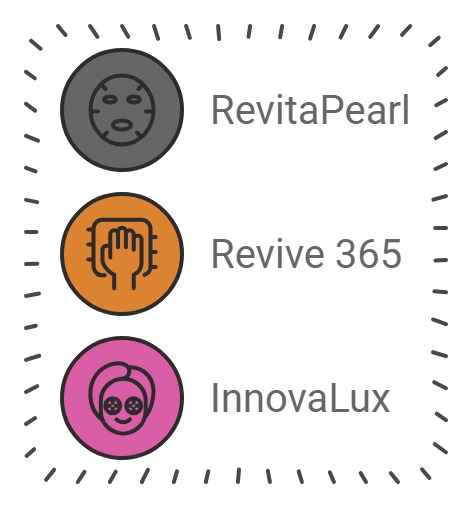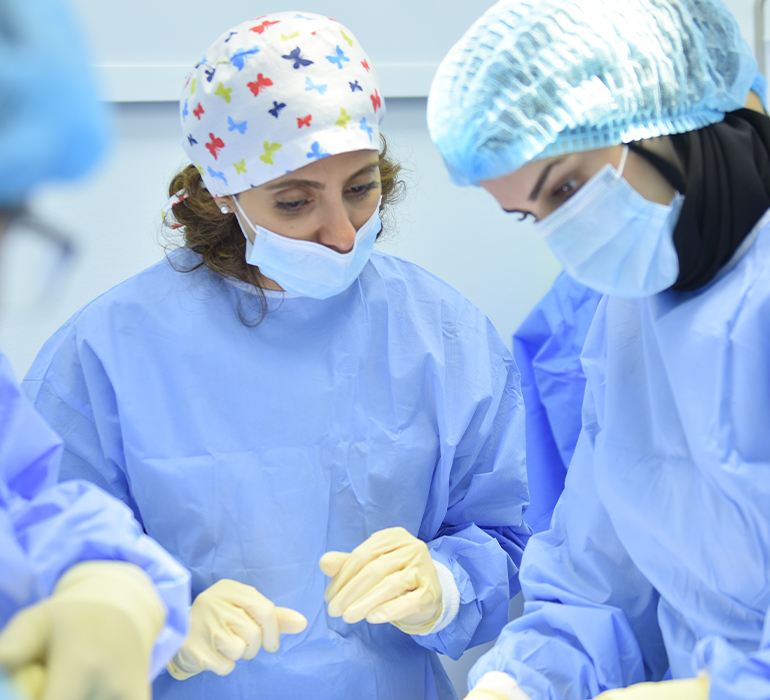Step into a world of pampering and rejuvenation at Al Jameela Facial Club. Our expert estheticians have crafted a menu of advanced facial therapies designed to address your unique skin concerns and reveal your most radiant self.
Welcome to the Al Jameela Facial Club, where luxury meets advanced skincare. Our club offers a variety of exclusive facial therapies tailored for both adults and students, ensuring everyone can enjoy the benefits of professional skincare. With a focus on rejuvenation and deep cleansing, our treatments are designed to address a wide range of skin concerns and enhance your natural beauty.
For Whom?
At Al Jameela, we believe that skincare is not just a routine; it’s a rejuvenating experience. Whether you’re a busy professional seeking to rejuvenate your skin, a student battling acne and sun damage, or anyone in between, our treatments are designed for you


Our services
Unlimited sessions of our exclusive facial therapies
“Indulge in the ultimate skincare experience at Al Jameela Facial Club. Our exclusive treatments, crafted with the finest ingredients and advanced techniques, are designed to rejuvenate, revitalize, and reveal your most radiant self”

For both Adult and Student Facial Club:-
1- RevitaPearl Hydradermabrasion Facial Therapy.
2-Revive 365 Deep Cleaning Facial Therapy.
3-InnovaLux Deep Cleaning Facial Therapy.

1- RevitaPearl Hydradermabrasion Facial Therapy.
RevitaPearl Hydradermabrasion offers a comprehensive facial that combines deep cleansing, exfoliation, and hydration. It effectively addresses multiple skin concerns, leaving you with radiant, youthful-looking skin.
Unique Features of RevitaPearl Hydradermabrasion Facial Therapy

2-Revive 365 Deep Cleaning Facial Therapy.
Revive 365 Deep Cleaning Facial Therapy offers a unique blend of everyday renewal, comprehensive care, and advanced hydration techniques that cater to a variety of skin concerns. Its customizable nature and dual-action approach make it an exceptional choice for anyone looking to achieve radiant, healthy skin year-round.
Everyday Renewal: Offers a daily dose of rejuvenation to keep your skin looking fresh and vibrant.
Comprehensive Skin Concerns Addressed: Targets a variety of skin issues, including acne, enlarged pores, fine lines, and hyperpigmentation.
Advanced Hydration Techniques: Delivers deep hydration to nourish and revitalize the skin, promoting a healthy glow.
Targeted Solutions for Aging: Helps reduce the appearance of wrinkles and fine lines, promoting a more youthful complexion.
Customizable Treatment Experience: Tailored to your specific skin needs, ensuring optimal results.
Dual Action Approach: Combines deep cleansing with targeted treatment to address multiple skin concerns simultaneously.
Focus on Long-Term Skin Health: Promotes long-term skin health by addressing underlying issues and providing ongoing nourishment.
3-InnovaLux Deep Cleaning Facial Therapy.
InnovaLux Deep Cleaning Facial Therapy stands out due to its luxurious product selection, comprehensive approach to various skin concerns, and innovative techniques. Its focus on personalized care and long-term results makes it an exceptional choice for anyone seeking revitalized, radiant skin.

But that’s not all! As a token of our appreciation, we’re offering a host of additional gifts to enhance your experience. From luxurious skincare products to exclusive discounts
Add-On Services(Gifts)
To complement your facial treatments, we offer an array of add-on services that enhance your skincare experience:
- Magnitone EMS4D Instalift Facial Therapy
- OxyVital Triple Cellular Oxygen Therapy
- Epiglow Skin Booster Therapy
- Rejuvapulsed Carbon Laser Therapy
- Vitalips Lips Carbon Rejuvenation Therapy
- Lumieye Eye Deep Tissue Therapy
- SculptLuxe RF Body Contouring Therapy
- Quarterly 3D Digital Skin Analysis
- Three Times Clinical Consultation
- EVERLAST additional surprise

ALJameela Facial Club vs. At-Home Skincare
Tired of DIY skincare? Discover the power of professional treatments at Al Jameela Facial Club. Our expert estheticians offer personalized, advanced skincare solutions, from deep cleansing to targeted therapies. Unlike DIY, Al Jameela provides expert guidance, luxurious treatments, and visible results for all skin types.
Al Jameela Facial Club:-
Expert Touch: Benefit from the expertise of our highly trained estheticians.
Cutting-Edge Technology: Experience the latest in skincare technology, from hydradermabrasion to LED therapy.
Customized Care: Enjoy treatments tailored to your unique skin needs.
Immediate Results: See visible improvements in just one session.
Comprehensive Approach: Address a wide range of skin concerns with our holistic treatments.
Long-Term Benefits: Invest in your skin’s health with regular treatments and professional guidance.
At-Home Skincare:-
Lack of Expertise: Without professional guidance, achieving optimal results can be challenging.
Limited Tools: DIY often relies on basic products and lacks advanced technology for deep cleansing and rejuvenation.
One-Size-Fits-All: Generic products may not address your specific skin concerns effectively.
Patience Required: Seeing results takes time and consistent effort, even with the right products.
Incomplete Care: DIY may not offer a comprehensive approach to address various skin issues.
Hidden Costs: While initially budget-friendly, the long-term cost of purchasing multiple products can add up.
Ongoing Effort: Maintaining skin health through DIY requires dedication, knowledge, and ongoing experimentation.
Whichever path you choose, remember that investing in your skin is an investment in yourself!
Why Choose Al Jameela Facial Club?
At Al Jameela Facial Club, we believe in providing personalized skincare solutions that cater to individual needs. Our expert team is dedicated to helping you achieve your skincare goals through advanced techniques and high-quality products. Whether you’re looking to rejuvenate your skin or maintain its health, our comprehensive range of treatments ensures that you will leave feeling refreshed and radiant.


